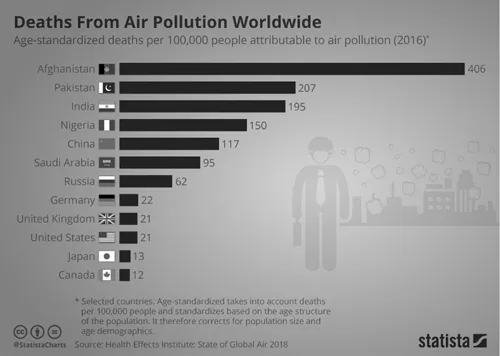
Environmental Compliance Guide for Facility Managers and Engineers
Rengasamy Kasinathan
- 368 pagine
- English
- ePUB (disponibile sull'app)
- Disponibile su iOS e Android
Environmental Compliance Guide for Facility Managers and Engineers
Rengasamy Kasinathan
Informazioni sul libro
A practical guide for facility engineers and managers to understand the impact of environmental regulations when applied to operating equipment in any industry or facility. It lays out a clear road map on how to learn the essential steps and how to use the proper tools. Based on the author's 39-year experience, this concise material discusses real-life applications and case studies adopted and implemented successfully in many NYC facilities and appropriate for large cities. It will help facility engineers comply with various rules and regulations of the jurisdictions of EPA, state, city, and local agencies and properly itemize reporting requirements.
Features include:
• Guides facility engineers and managers with a clear and logical exposition of topics, developments, and valuable regulatory frameworks for appropriate preparation and compliance
• Provides detailed explanations of procedures for emission reduction and improved efficiency and productivity
• Emphasizes the importance of continuing education in compliance to prevent high penalties for facilities
• Includes real-life applications and case studies on reducing energy baseline and current operating methods, providing formulas and calculations
• Addresses regulatory knowledge for operating systems in cities with a dense population in the US and countries with similar regulatory frameworks
This book will benefit professionals, engineers, facility and project managers, building and grounds supervisors, code compliance managers, and heating, ventilation, air conditioning (HVAC) systems contractors and installers in hospitals, universities, schools, and other facilities.
Domande frequenti
Informazioni
1
Environmental Regulations and Jurisdictions
Introduction
Environmental Impacts of Pollution
| Pollution Source | Predominant Reactions | Prime Product | Air Pollutant | Water Pollutant | Waste Pollutant |
|---|---|---|---|---|---|
Electric power plant | Fossil fuels + O2 → CO2 + H2O + heat | Heat/Power | CO2, SO2, NOx, particulate matter | Ash sludge, scrubber slurry | Dry bottom ash and fly ash |
Chemical production plant | Raw materials + H2O + Energy → chemical product + by-product + Waste | Chemical products | Volatile organic compounds (VOCs) | Chlorinated solvents | Heavy metals |
Petroleum refinery | Hydrocarbon molecule + heat + catalyst → refined hydrocarbons + Waste | Refined gasoline | Benzene, toluene, ethylbenzene, xylene (BTEX), CO, SO2, NOx, particulate matter | Contaminated wastewater from fluid processing | Oil spills |
Human Health Impacts of Pollution
Air Pollution
